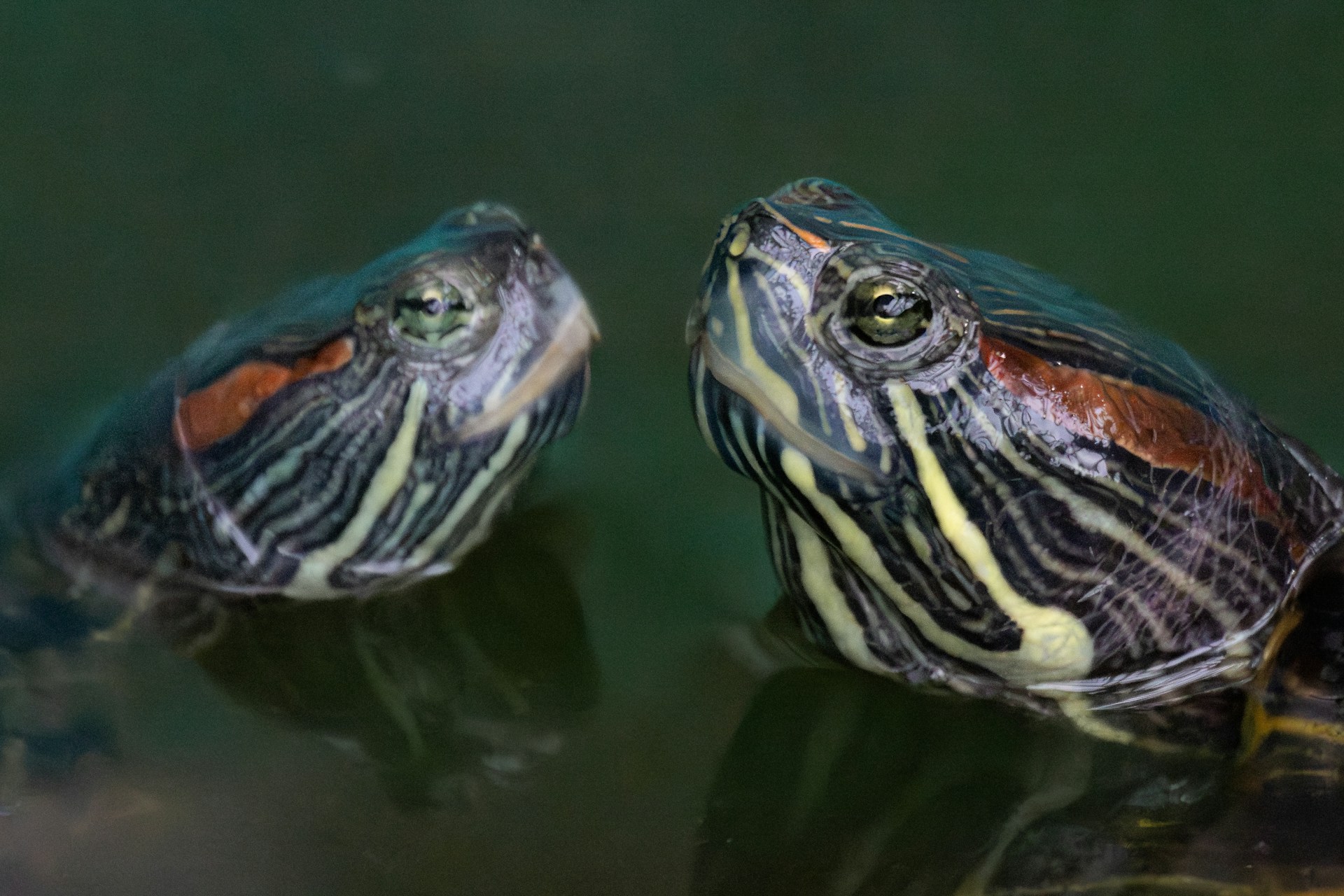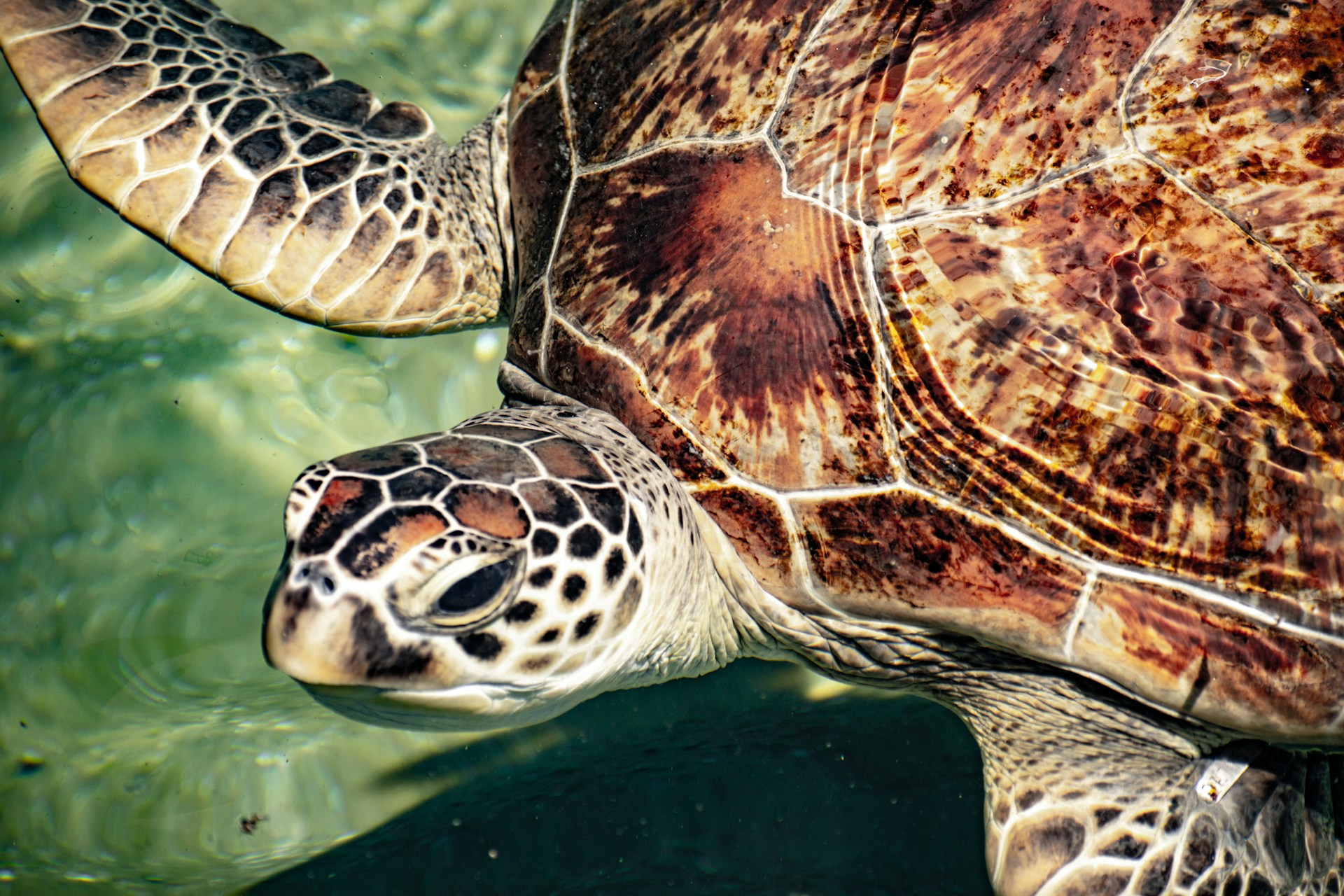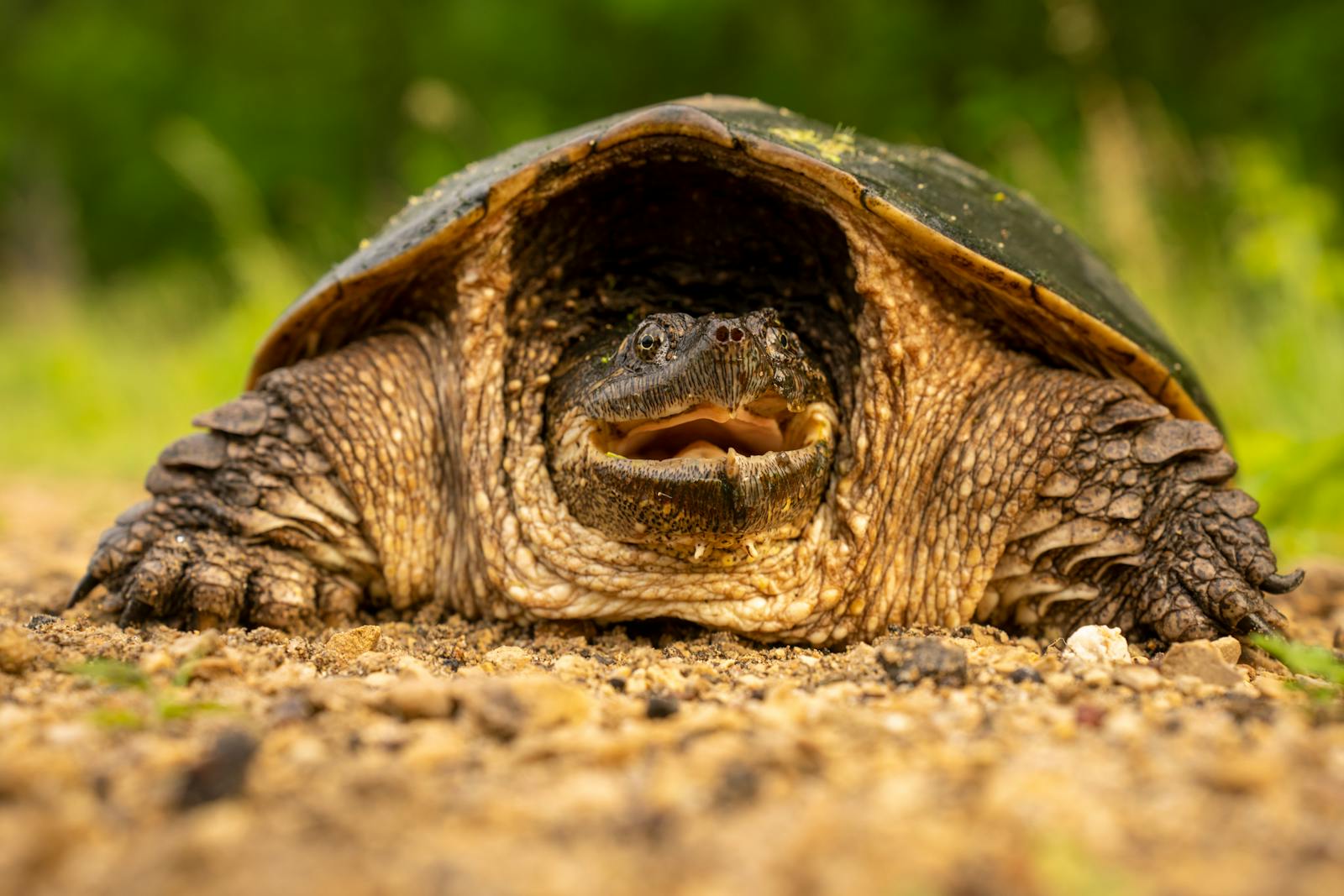In the fascinating world of reptiles, few anomalies capture human curiosity quite like bicephalic turtles—those born with two heads. These rare creatures represent a biological marvel that occurs in approximately 1 in 100,000 births among turtle species.
While often sensationalized in the media as oddities or curiosities, two-headed turtles provide scientists with valuable insights into embryonic development, genetic mutations, and environmental influences on reptile reproduction.
Understanding why and how these unusual animals develop offers a window into both the resilience and vulnerability of natural biological processes.
This article explores the science behind bicephaly in turtles, examining its causes, the survival challenges these animals face, and what they can teach us about developmental biology.
The Biological Phenomenon of Bicephaly

Bicephaly, the condition of having two heads, is a type of congenital disorder that falls under the broader category of axial bifurcation.
In turtles, this condition results when the embryo begins to split into twins during early development but does not complete the separation process.
Unlike complete twinning, where two separate organisms develop, bicephalic turtles share a single body with most internal organs while developing two distinct heads, each with its own brain, eyes, and mouth.
The condition occurs in various reptile species, but turtles and snakes exhibit higher documented cases compared to other reptile groups.
Most bicephalic turtles possess two fully formed heads extending from a single neck, though variations exist where the split occurs at different points along the spine.
Genetic Factors Behind Two-Headed Turtles
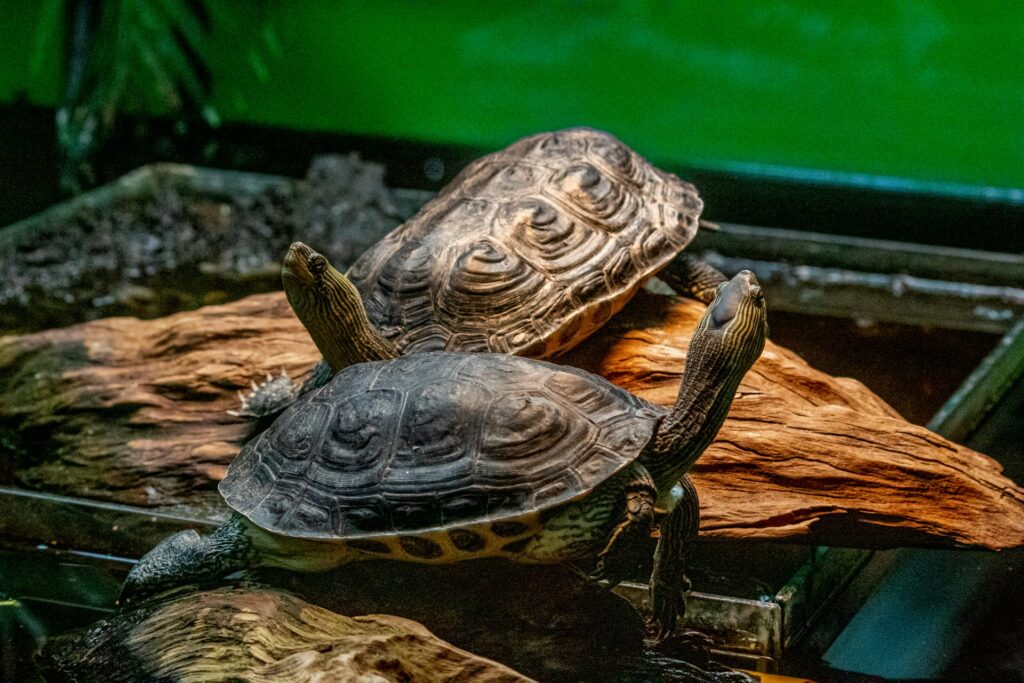
Genetic mutations play a significant role in the development of bicephalic turtles. Scientists have identified several genes involved in craniofacial development and neural tube formation that, when mutated, can lead to bicephaly.
The SHH (Sonic Hedgehog) gene pathway, crucial for proper development of the brain and face, has been implicated in some cases of axial bifurcation.
Additionally, mutations affecting the WNT signaling pathway, which controls cell fate and organization during embryonic development, may contribute to the incomplete twinning process.
Research suggests that some bicephalic conditions may run in family lines, indicating a hereditary component.
However, genetic predisposition alone is usually insufficient to cause bicephaly without environmental triggers that influence how these genes express themselves during critical developmental stages.
Environmental Influences on Embryonic Development
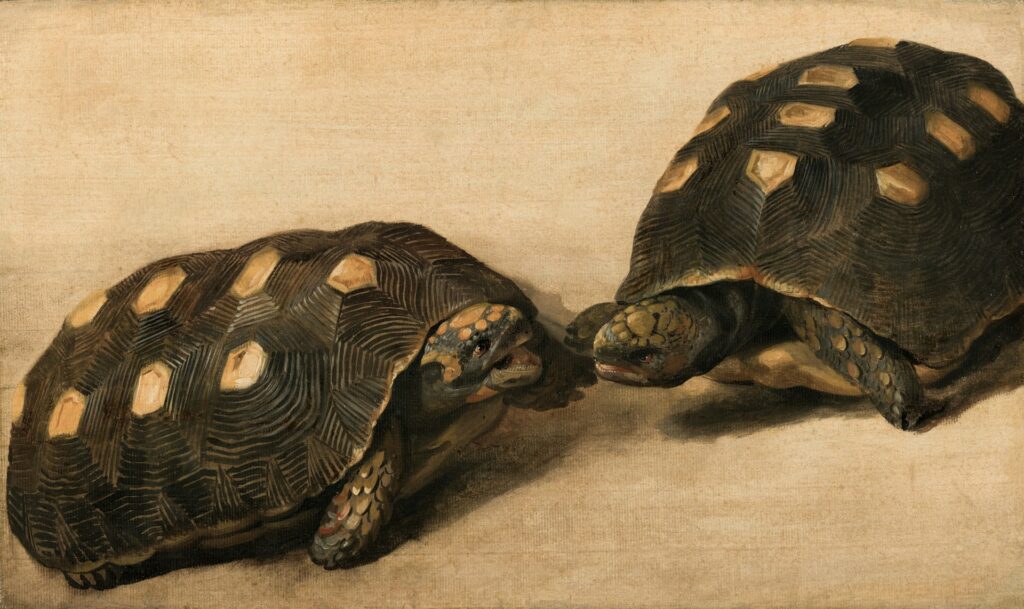
Environmental factors significantly impact turtle embryonic development and can trigger bicephaly even in genetically normal eggs.
Temperature fluctuations during incubation represent one of the most documented environmental causes, as turtle embryos are particularly sensitive to thermal conditions.
Studies have shown that eggs exposed to temperatures outside the optimal range, especially during the critical first third of incubation, show higher rates of developmental abnormalities, including bicephaly.
Chemical contaminants in the environment, particularly pesticides, heavy metals, and endocrine-disrupting compounds, can interfere with normal embryonic development.
Hypoxia (oxygen deprivation) during key developmental stages has also been linked to increased incidence of developmental anomalies in turtle embryos.
These environmental stressors can disrupt the precisely timed cellular signals that guide normal development, leading to the incomplete separation of embryonic structures.
The Incomplete Twinning Process

Bicephaly represents a form of incomplete twinning known scientifically as axial bifurcation.
In normal twinning, the embryonic disk completely separates into two distinct structures that develop independently. In bicephalic turtles, this separation begins but halts partway through the process, resulting in a single body with two heads.
The timing of this incomplete separation is crucial—if it occurs very early in embryonic development (within the first few days), the result may be more complete separation, producing conjoined twins with two partial bodies.
When the split occurs slightly later, the embryo has already established a single body axis, resulting in an animal with one body and two heads.
Research in developmental biology suggests that the process likely involves disruption to the primitive streak formation, which normally establishes the main body axis during early embryonic development.
Polycephaly Across Different Turtle Species

While bicephaly can occur in virtually any turtle species, certain groups appear to exhibit higher documented rates of this condition.
Freshwater turtles, particularly red-eared sliders (Trachemys scripta elegans) and common snapping turtles (Chelydra serpentina), account for a significant proportion of reported cases.
Sea turtles, despite being thoroughly studied due to conservation efforts, show comparatively fewer documented cases of bicephaly, possibly due to the harsher survival challenges these abnormalities present in marine environments.
Notably, some captive breeding programs have reported clusters of bicephalic hatchlings, suggesting that controlled breeding environments might sometimes inadvertently increase the likelihood of developmental anomalies.
The anatomical details of bicephaly can vary significantly between species, with some showing more complete separation of the two heads while others exhibit partial fusion of skull structures.
Survival Challenges for Two-Headed Turtles
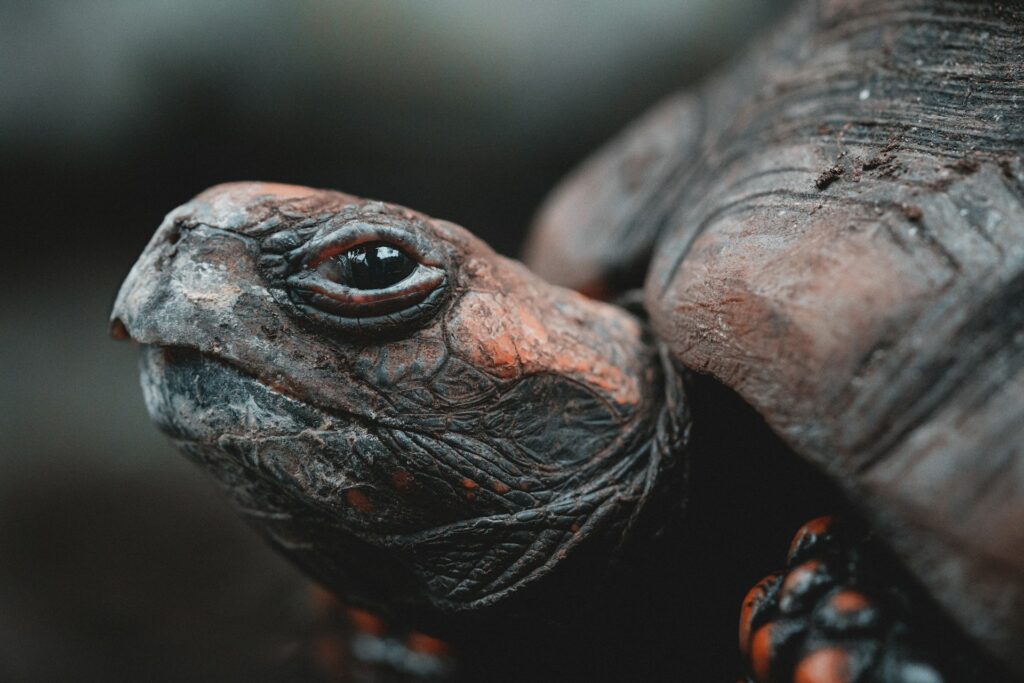
Bicephalic turtles face numerous survival challenges that typically result in shortened lifespans compared to their normal counterparts.
The most immediate challenge involves coordinated movement, as the two brains may attempt to control the shared body in conflicting ways, resulting in difficulty swimming, obtaining food, or escaping predators.
Feeding complications arise when the two heads compete for food or when digestive systems are partially duplicated, leading to potential nutritional deficiencies.
Internal organ abnormalities frequently accompany bicephaly, potentially affecting respiration, circulation, and waste elimination.
In wild settings, these challenges typically prove fatal within days or weeks of hatching, with predation rates significantly higher for bicephalic hatchlings.
However, in captivity with specialized care, some two-headed turtles have survived for several years, though rarely reaching the normal lifespan potential of their species.
Neurological Aspects of Two-Headed Turtles
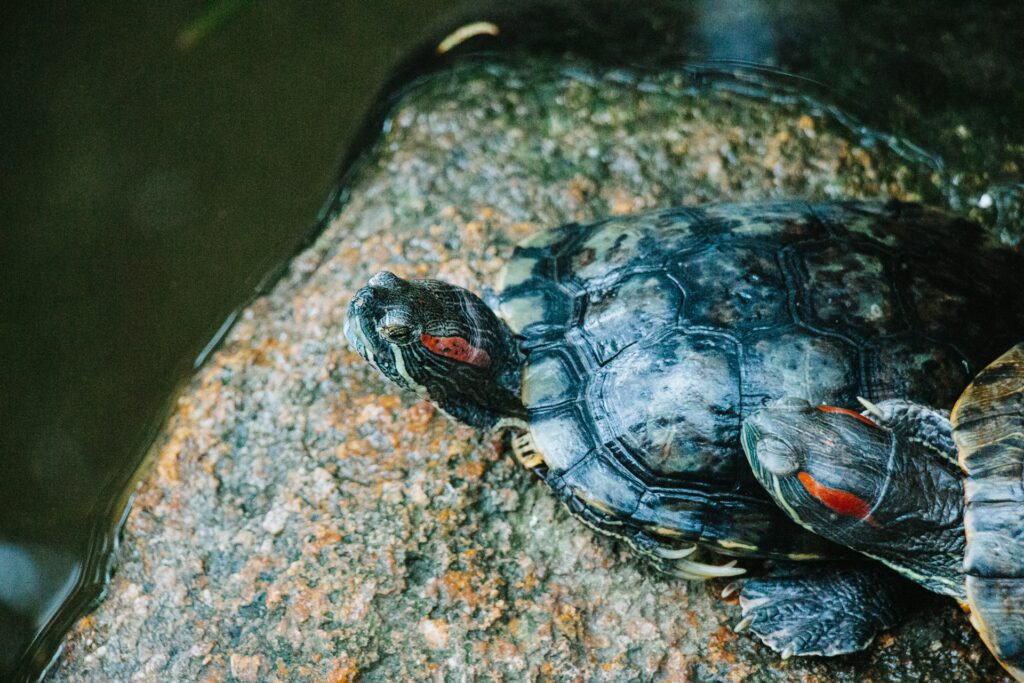
The neurological aspects of bicephalic turtles present fascinating questions about consciousness and brain function. Each head contains its own brain with independent neural activity, essentially creating two centers of perception and control within one organism.
Studies using behavioral observation and stimuli response show that the two heads may react differently to the same environmental cues, suggesting separate processing of sensory information.
Some bicephalic specimens exhibit dominance, where one head appears to exert greater control over the shared body, while others show alternating control patterns.
Researchers have documented cases where the two heads display different feeding preferences or activity levels, further indicating neurological independence.
This unique neurological arrangement has prompted philosophical discussions about the nature of consciousness and identity in organisms with multiple brains.
Famous Cases of Two-Headed Turtles
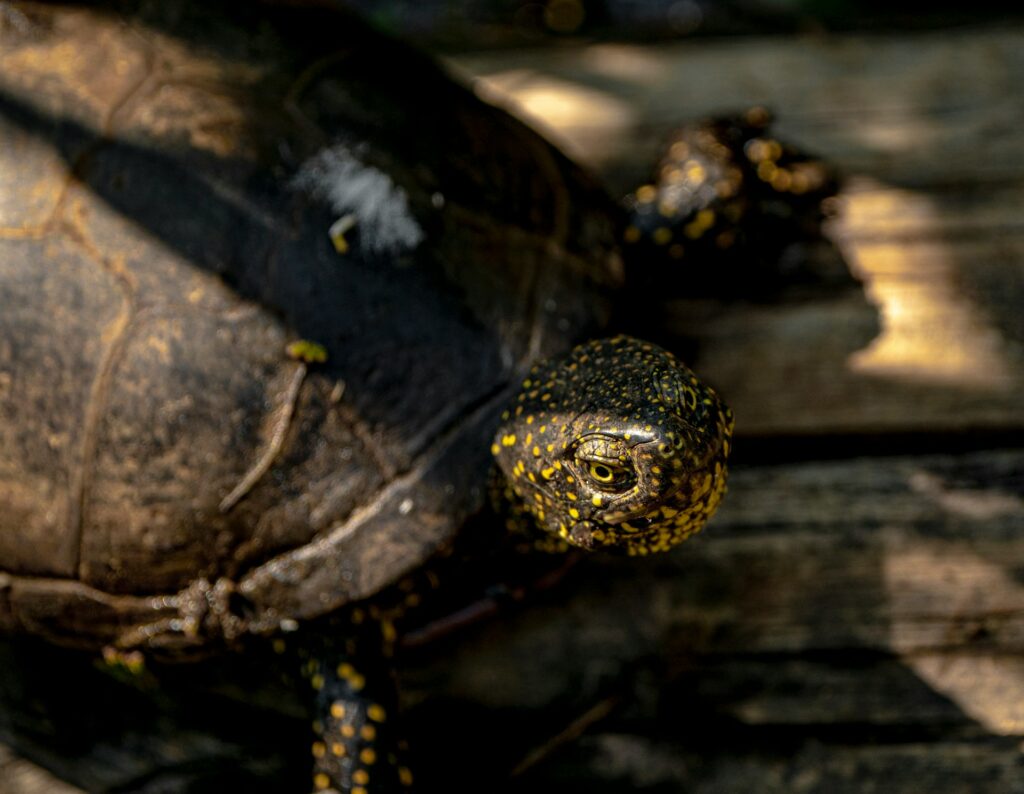
Several bicephalic turtles have gained worldwide attention, providing valuable longitudinal data on their development and behaviors.
Perhaps the most famous case was “Janus,” a Greek tortoise named after the two-faced Roman god who lived at the Geneva Natural History Museum for 25 years until his death in 2022, becoming the longest-lived documented bicephalic turtle.
The San Antonio Zoo featured “Thelma and Louise,” a two-headed slider turtle that attracted thousands of visitors and lived for several years under specialized care protocols.
The Shanghai! A zoo in China documented the case of a bicephalic red-eared slider whose heads displayed markedly different personalities—one being shy while the other was more aggressive.
These high-profile cases have not only captured public imagination but have contributed significantly to scientific understanding of how bicephalic animals adapt and function over time.
Scientific Research Value
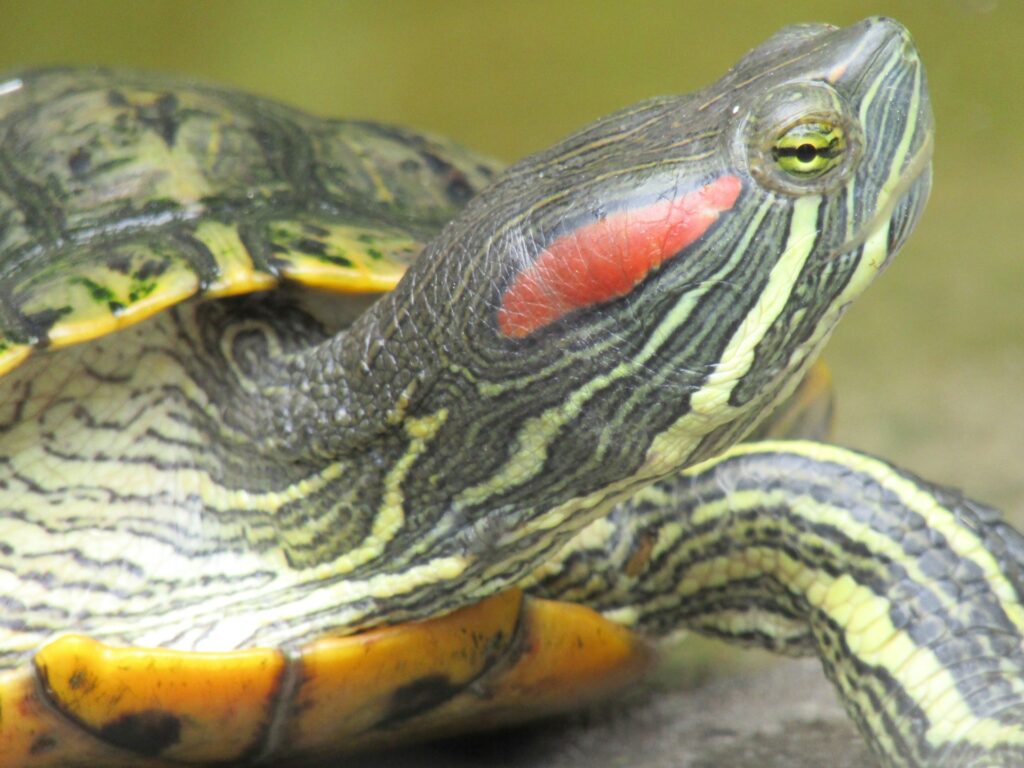
Two-headed turtles provide valuable research opportunities across multiple scientific disciplines.
Developmental biologists study these animals to better understand the mechanisms of embryonic development and how they can go awry, potentially offering insights applicable to birth defects in other species, including humans.
Neurobiologists examine the dual nervous systems to investigate questions about brain development, neurological control of movement, and the relationship between brain structure and behavior.
Conservation biologists monitor the incidence of developmental abnormalities like bicephaly as potential indicators of environmental health and pollution impacts on wildlife populations.
Veterinary medicine benefits from cases of bicephalic turtles through the development of specialized care protocols that can sometimes be applied to other animals with congenital abnormalities.
Each documented case adds to a growing body of knowledge about developmental plasticity and the limits of biological adaptation.
Cultural Significance and Human Fascination
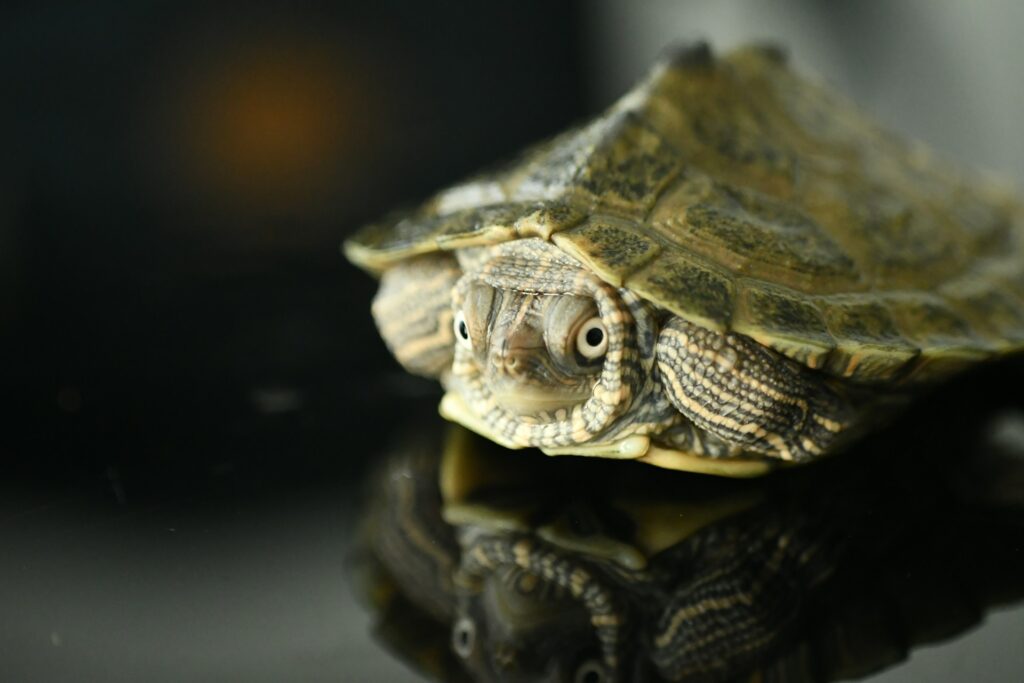
Throughout history, two-headed animals have occupied a special place in human culture, often interpreted as omens or spiritual signs.
In some Native American traditions, two-headed turtles were considered particularly powerful spiritual beings that bridged different worlds or realities.
Ancient Roman accounts mention bicephalic animals as portents requiring interpretation by religious authorities.
Modern public fascination with two-headed turtles reflects our enduring interest in biological oddities, with these animals often becoming popular attractions at zoos and aquariums worldwide.
This cultural fascination has occasionally raised ethical questions about the display of animals with abnormalities, balancing educational value against potential exploitation.
Despite these concerns, bicephalic turtles have undoubtedly contributed to public engagement with science and biological diversity, often serving as entry points for broader discussions about genetic anomalies and environmental impacts on wildlife.
Caring for Bicephalic Turtles in Captivity

The specialized care required by two-headed turtles presents unique challenges for wildlife rehabilitators and zoological institutions.
Feeding requires particular attention, as the heads may compete for food or have different appetites; many caretakers develop strategies like separate hand-feeding sessions for each head to ensure adequate nutrition.
Housing accommodations must be modified to prevent injury, typically featuring smoother surfaces and fewer obstacles that could complicate navigation for animals with compromised coordination.
Regular health monitoring becomes essential, as bicephalic turtles often develop secondary complications related to their condition, particularly respiratory and digestive issues.
Water quality and temperature regulation must be maintained with exceptional consistency, as these animals typically show less resilience to environmental fluctuations than their normal counterparts.
Despite these challenges, successful long-term care cases demonstrate that with appropriate specialized attention, many bicephalic turtles can achieve a quality of life significantly beyond what would be possible in wild settings.
Environmental Indicators and Conservation Implications
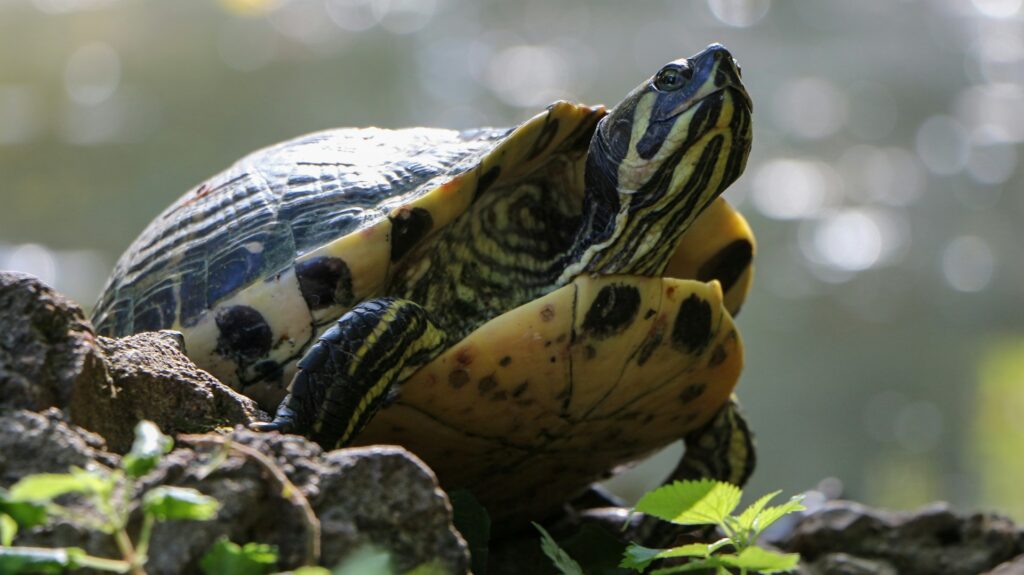
The frequency of developmental abnormalities like bicephaly in turtle populations may serve as an indicator of environmental health.
Several studies have documented increased rates of developmental defects, including bicephaly, in turtle populations exposed to water pollution, particularly from agricultural runoff containing pesticides and fertilizers.
Wildlife biologists monitor abnormality rates in turtle hatchlings as one metric for assessing ecosystem health, especially in wetland environments where these animals serve as sentinel species.
Conservation efforts increasingly include protocols for reporting and documenting developmental abnormalities in protected turtle species, creating databases that help identify potential environmental stressors.
The correlation between environmental contamination and developmental abnormalities underscores the broader implications of bicephalic turtles beyond mere biological curiosities—they potentially serve as living bioindicators reflecting the health of the ecosystems they inhabit.
Future Research Directions

The study of bicephalic turtles continues to evolve, with several promising research directions emerging.
Advanced imaging technologies like micro-CT scanning now allow researchers to create detailed three-dimensional models of internal structures in bicephalic specimens, providing unprecedented insights into how developmental processes are altered.
Genetic sequencing efforts aim to identify specific mutations or epigenetic factors that may predispose certain turtle populations to higher rates of developmental abnormalities.
Longitudinal studies tracking the development and behavior of captive bicephalic turtles throughout their lifespan contribute valuable data about adaptation and neurological development over time.
Comparative research examining bicephaly across different reptile groups may help identify species-specific vulnerabilities or resistances to developmental disruptions.
These ongoing research efforts promise to deepen our understanding of both the specific mechanisms behind bicephaly and broader principles of vertebrate development.
Conclusion
Two-headed turtles represent much more than biological curiosities—they offer windows into the complex interplay of genetics, environment, and embryonic development.
While relatively rare in nature, these animals provide scientists with valuable opportunities to study developmental processes gone awry, potentially informing our understanding of similar mechanisms in other species.
For the turtles themselves, their condition typically presents significant survival challenges, making them unlikely candidates for long-term survival in wild settings.
However, those under human care have sometimes defied expectations, living for years or even decades with appropriate specialized attention.
As we continue to document and study these unusual animals, they remind us of both the remarkable precision of normal embryonic development and the vulnerability of these processes to disruption—a powerful lesson in both the resilience and fragility of life.

